Tell us a little bit about yourself—your background, major program of study, reasons for taking this trip, and anything else interesting you want to share (maybe something people might not know about you).
Hello. My name is Dorothy Doherty. I’m a visual artist and a mature student in the KPU Paris/Documenta Field Trip Program. I am definitely the oldest student on this trip. It’s been twenty years since I was last at the Documenta, which takes place every five years. My main reason for joining this Field School is that I had planned to go back to Kassel this year, and when I saw the posters for the trip in the corridors at Kwantlen, I thought it would be a great way to see Documenta 14 this year. The bonus for me was the study of the French Impressionists and the two-week stay in Paris for further study.
I have spent my entire life interested in the visual arts. I was born and raised in and around Vancouver, BC. I am a graduate from the Vancouver School of art (now Emily Carr University of Art & Design), the University of Victoria (BA, MA in History in Art), Simon Fraser University (PDP), Capilano University (Studio Art Diploma), and I have taken other short courses as well.
Prost! Enjoying our group's "local"-- the FIASKO beer garden in Kassel-- Dorothy in left foreground.
Dorothy captured at another angle in front of the Monet panorama capturing the colours and palette of one of the most influential and popular Impressionists.
Dorothy having some fun with the entertainers at the Paris group dinner!
What has met or exceeded your expectations or surprised you about Paris (or Kassel) so far?
This was my first trip to the center of Paris, although I had driven around the outskirts many years ago on my travels through Europe. It’s my third trip to Kassel. Paris was quite a surprise from the start to the end of our stay there. The city is densely populated, with six story buildings uniformly distributed throughout the core of the city. This is largely due to the Haussmannization of Paris, a renovation of the city of Paris that occurred throughout the mid 19th century. I found this a welcome contrast to Vancouver, where the downtown core is virtually a sea of high rises, and one can often see no further than the building across the street. I was astonished at the number of massive art galleries in Paris. Some are so large that they occupy an entire city block and more. I found the metro quick and efficient, and by the end of our stay, I felt able to go anywhere in Paris on my own.
Kassel was a refreshing change from Paris, with low-rise buildings and a wide, blue sky. Everything seemed much cleaner, and people seemed more relaxed. Of course, we were exposed mainly to people involved with Documenta 14, so there was a spirit of friendship and an interest in the arts at every turn. And the food was great – healthy, tasty and ample.
Dorothy was assigned Monet's Rue Montorgueil (1870) from the Orsay collection.
Give us some insight into your assigned artwork from the Orsay Musuem. After seeing the work in person in Paris (and any other related art from the same artist or art movement associated with the assigned work), what struck you most about it and/or how did the artwork’s form, content, and context shift for you when seeing it.
My assigned artwork was “Rue Montorgueil, 1870” - a painting in oil on canvas by Claude Monet. The painting measures approximately 23 inches high by 19 inches wide, and is situated in a room at the Orsay Museum alongside other Impressionist works of similar size and scale. To the immediate left is his painting of a train station, “Gare Saint-Lazare,” which is one of my favorites. The painting depicts buildings on the Rue Montorgueil in Paris, replete with flags flying from many windows in celebration of the end of the Commune and other wars in the region. The flags are painted in a very loose manner, and on close inspection, barely read as flags at all. It is only when you step back from the piece that the content becomes clear.
I was struck by the strong sense of movement in the work, accentuated by strong, distinct, directional brushwork that guides the eye through the piece. I was surprised there was no single resting place for the eye in this very active painting. The only place that offered any rest at all was the sky, and that offered little respite from this energetic scene. The choppy, distinct brushwork is in direct contrast to the soft, atmospheric painting of the railway station that stands next to it in the Orsay Museum.
Getting a closer look at the Parthenon of Books by Marta Minujin featuring formerly or currently banned books from all over the world.
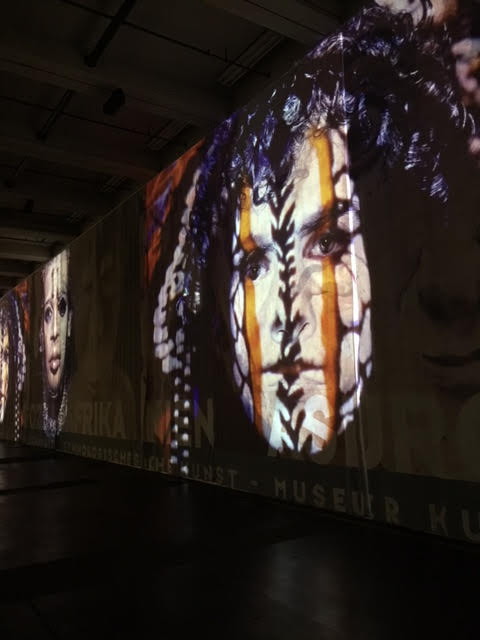
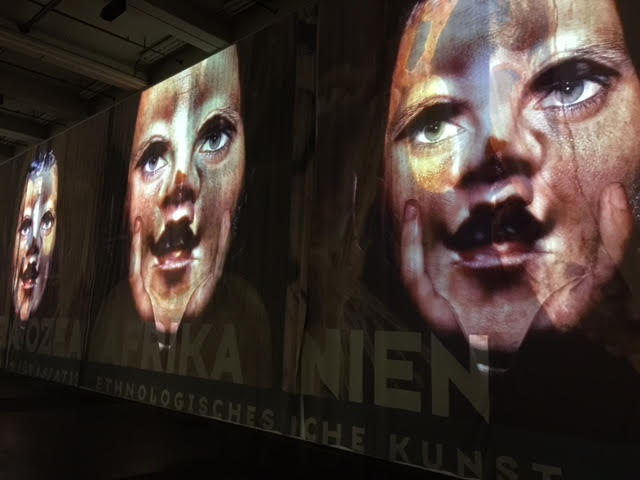
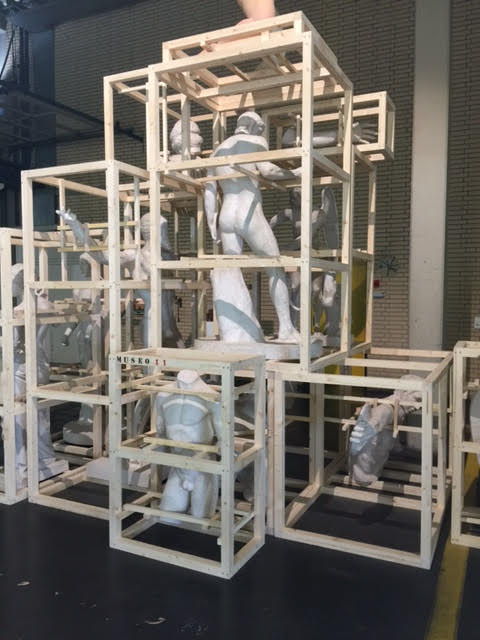
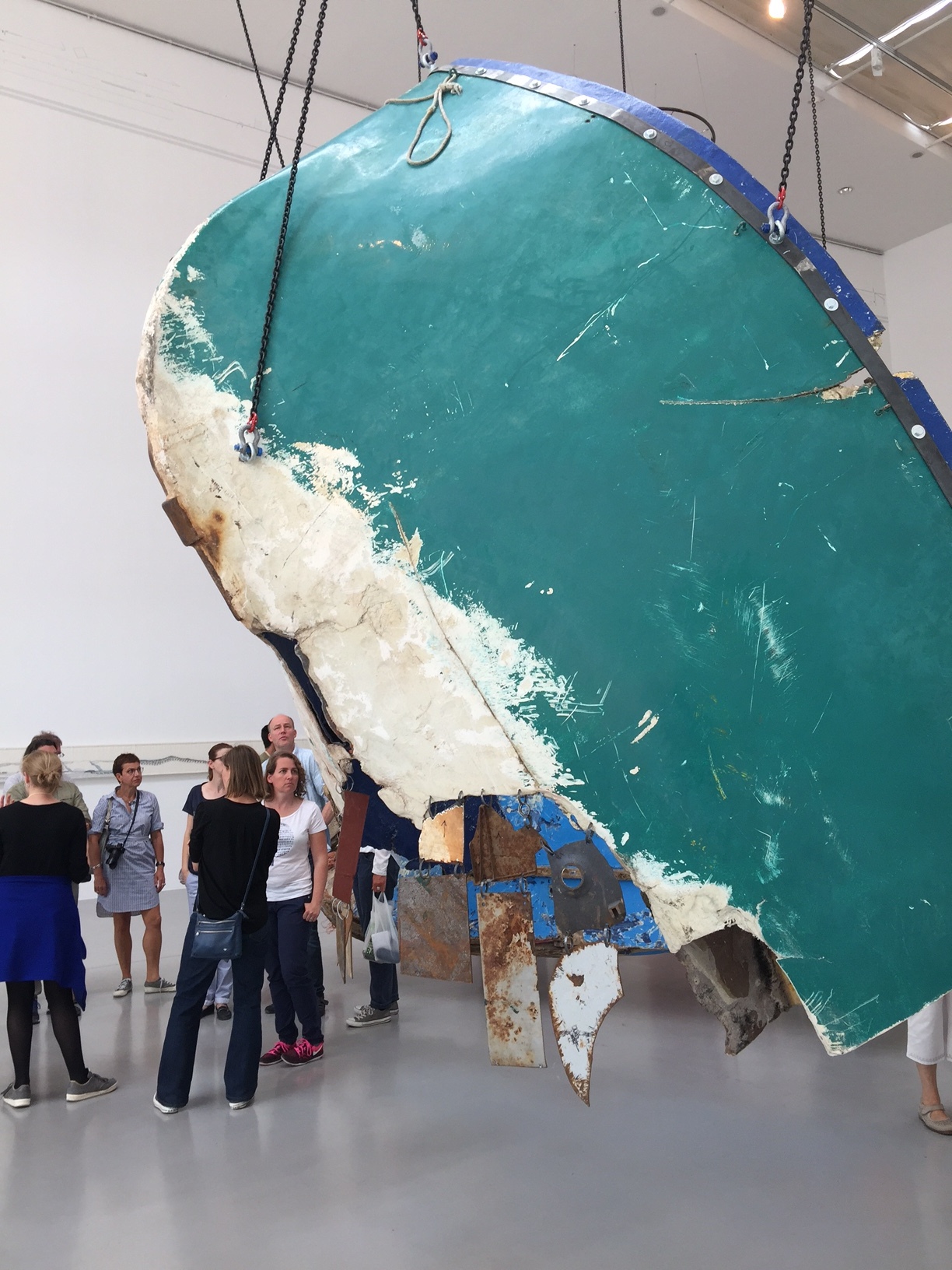
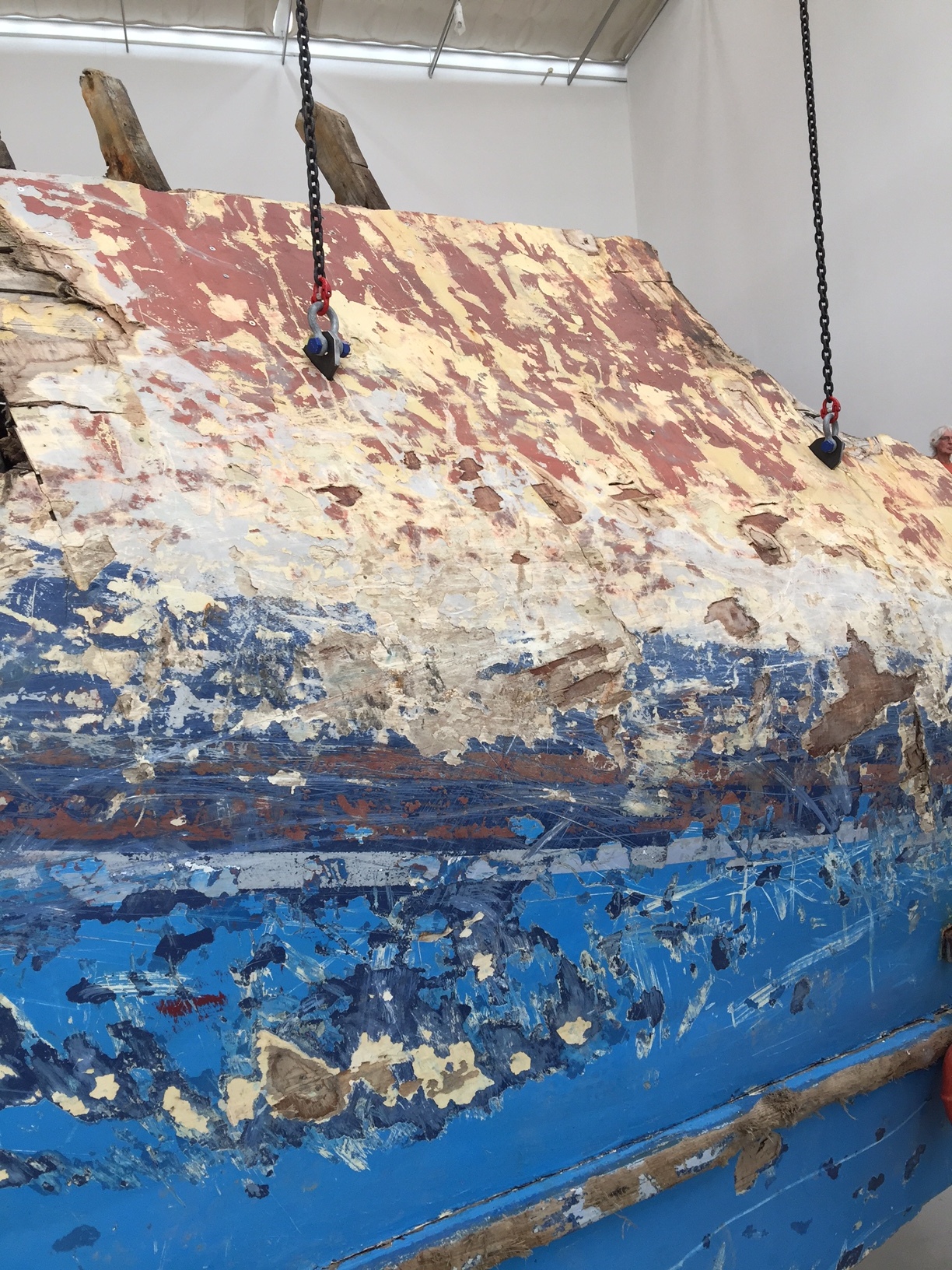
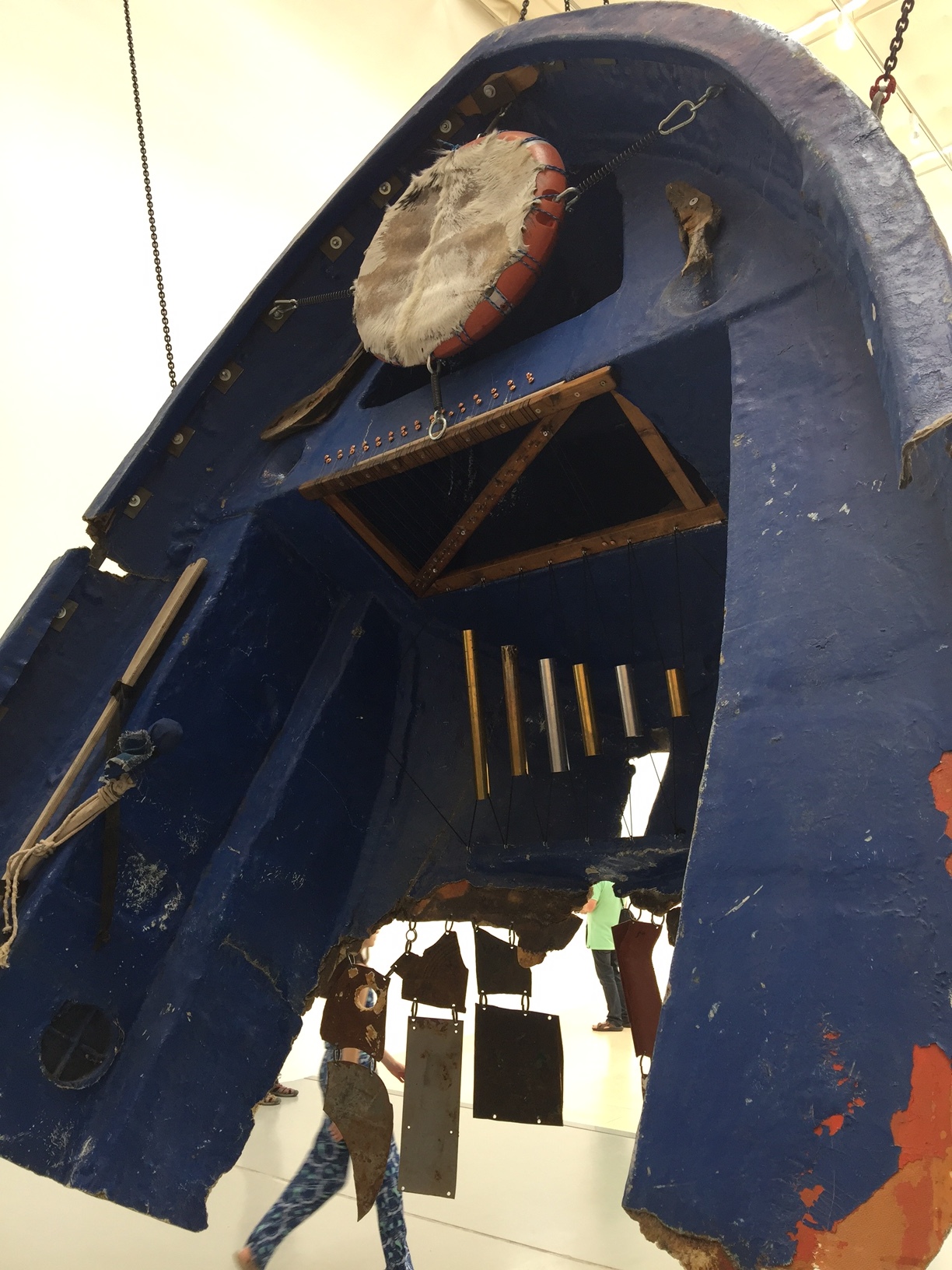
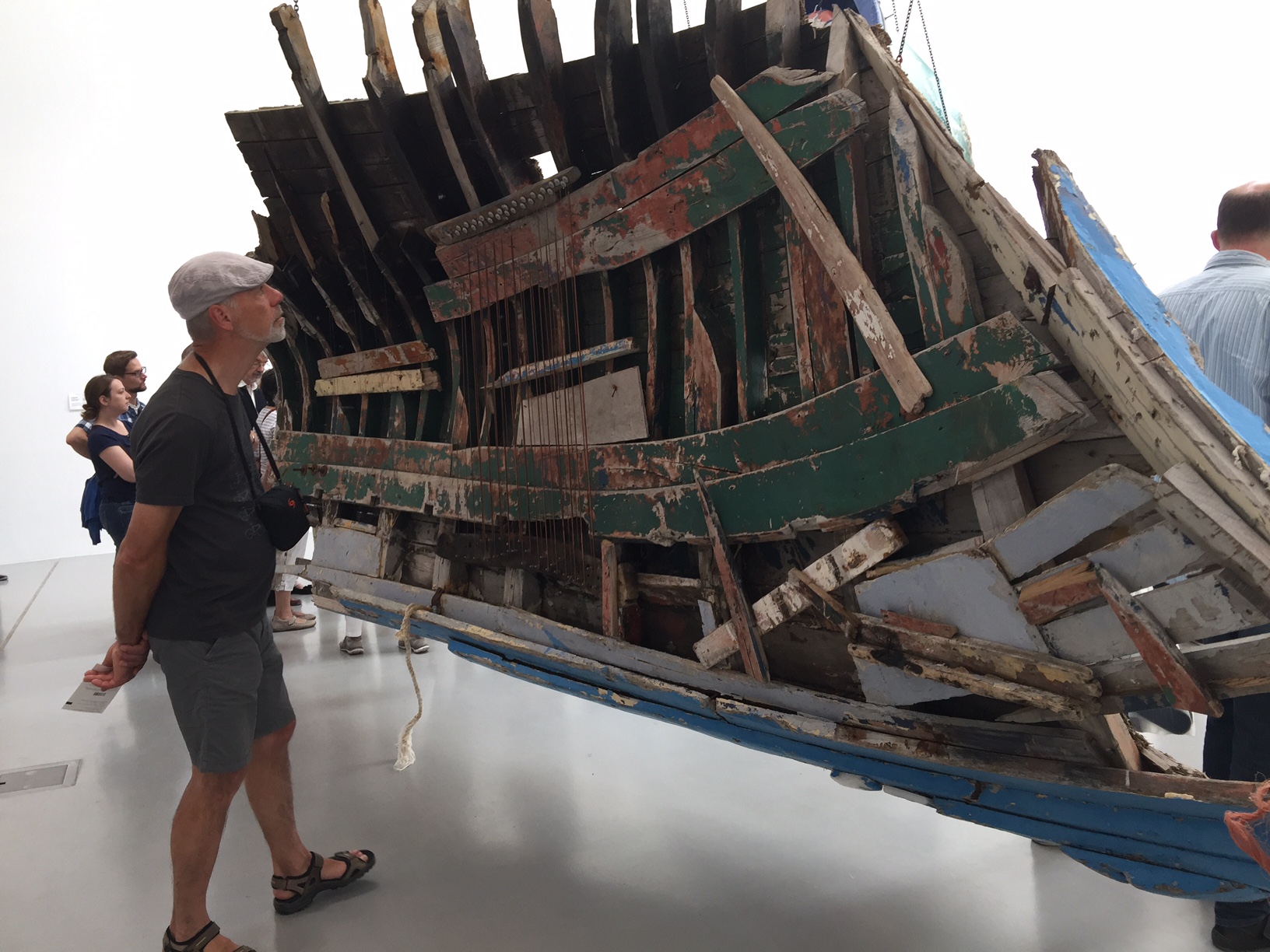
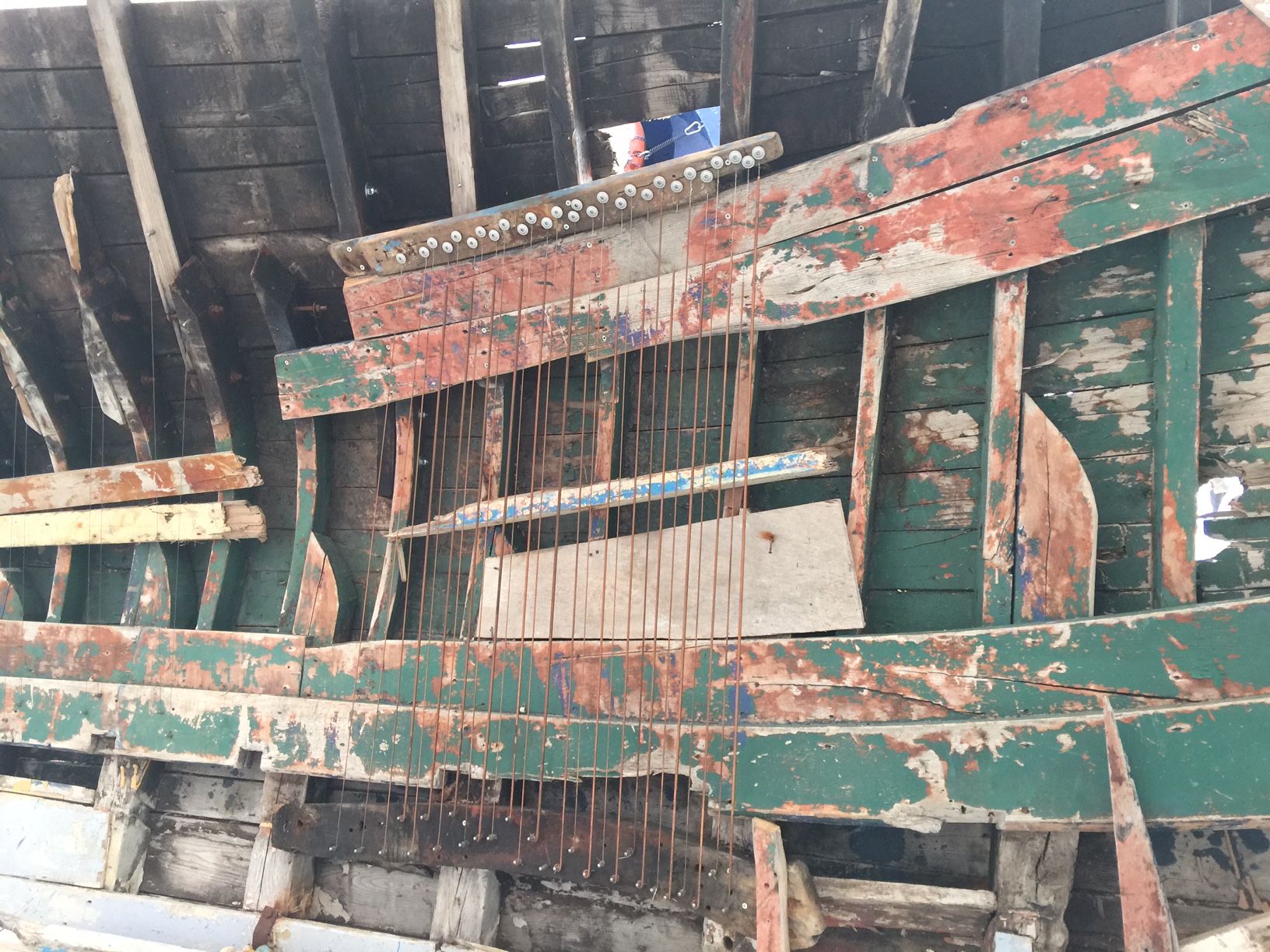
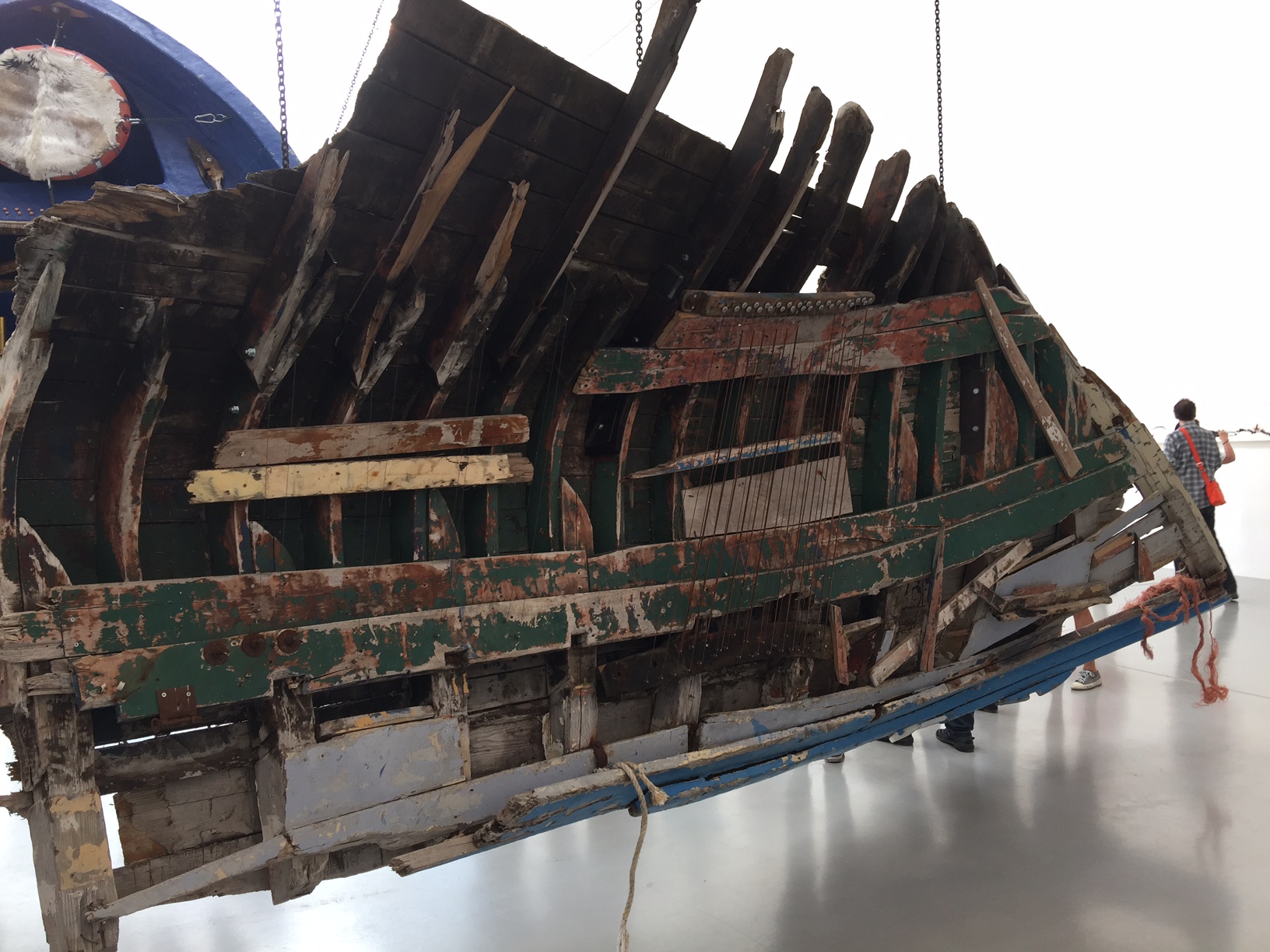
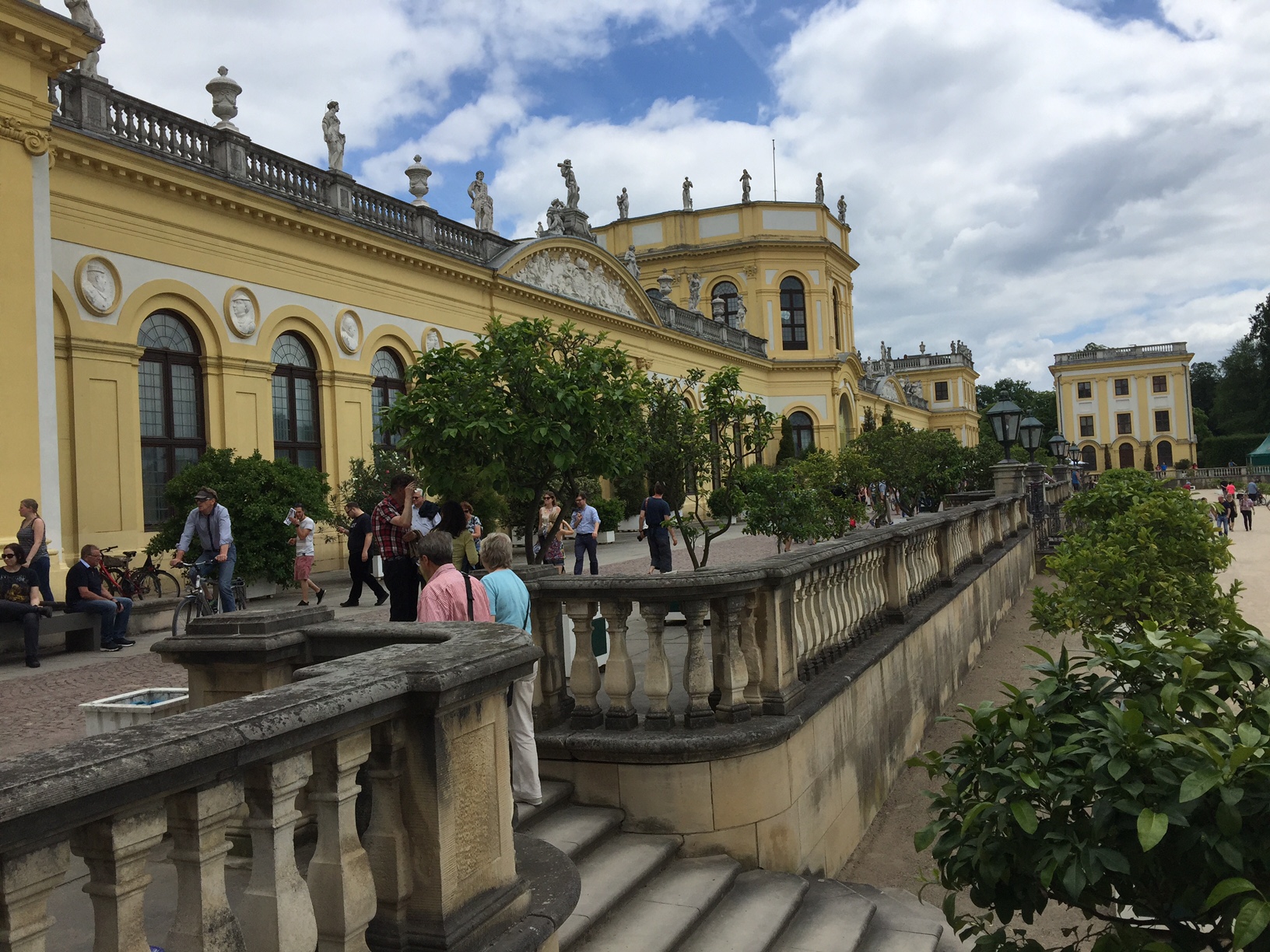
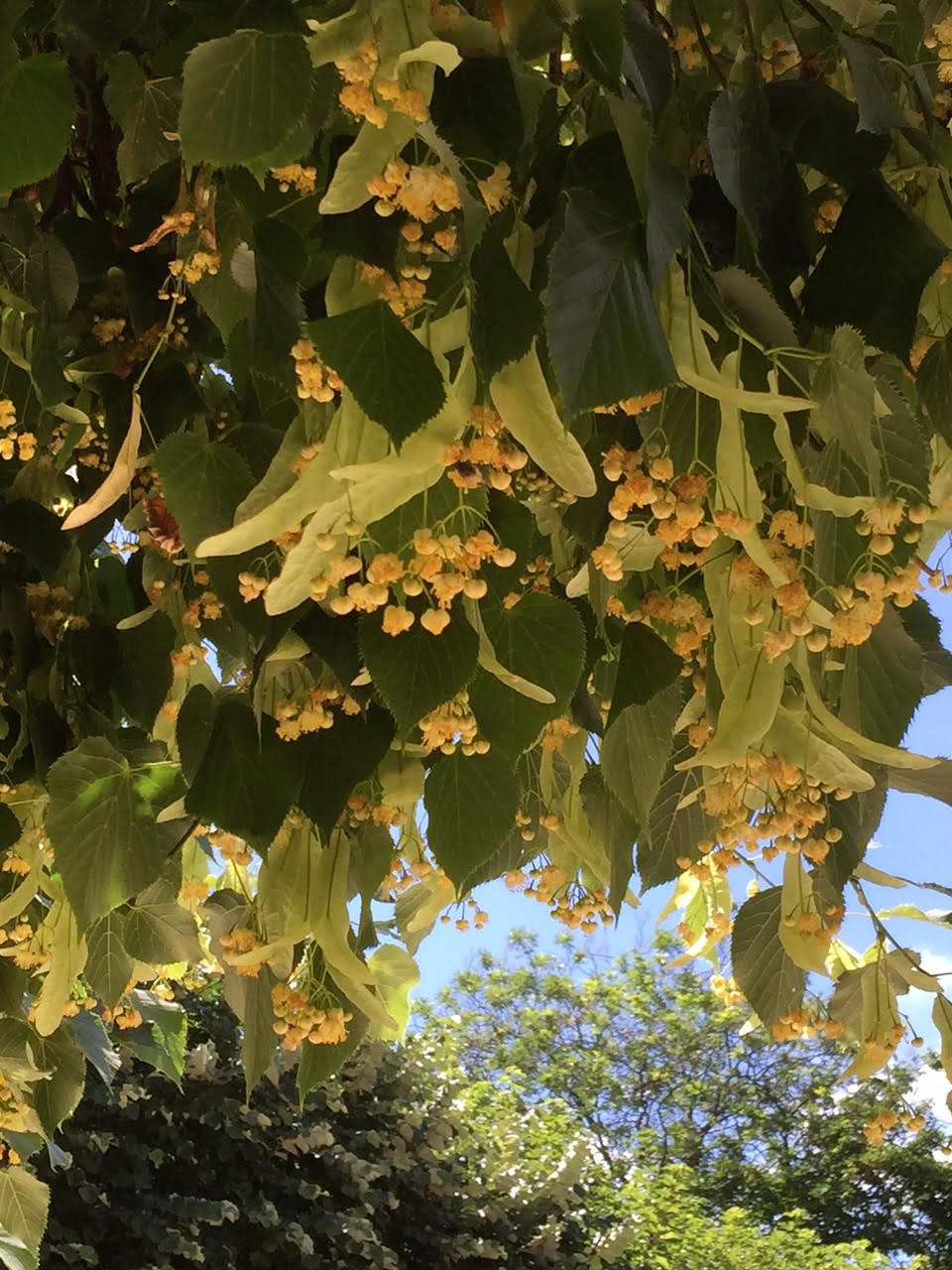
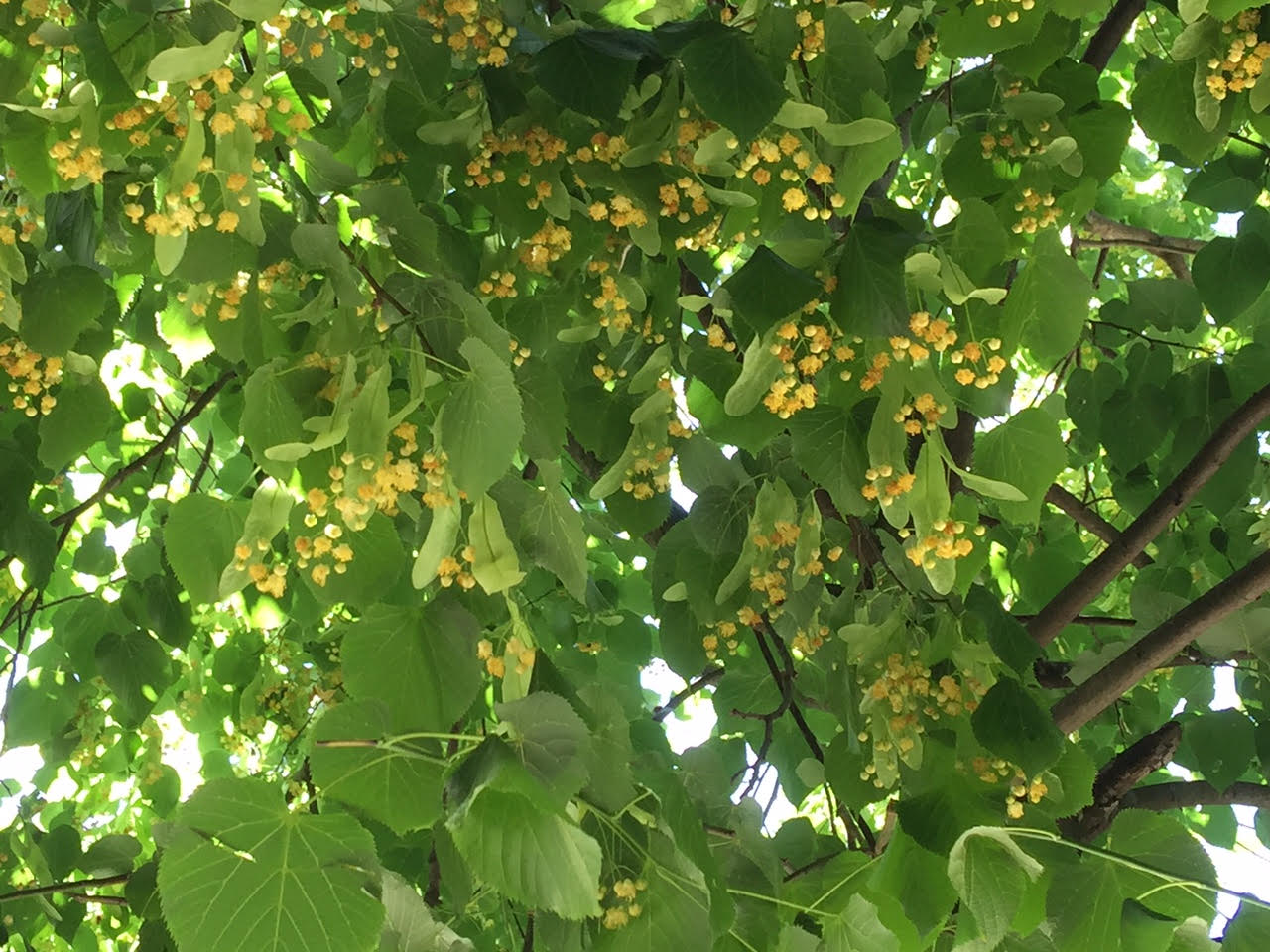
Today’s activity was located at the Documenta 14. What were your impressions? What will you take away of the experiences of this day? What are the most memorable moments for you?
Firstly, I loved being at the Document 14. It’s my third trip to Kassel, and I feel quite comfortable with the format, which is essentially many art works distributed throughout the city in diverse venues ranging from buildings to outdoor installations, and more. This year many installations can be found in unexpected locations like railway stations, on city streets, in parks, and other public places. My favorites are still the Documenta Kunsthalle and the Fridericianum. However, this year the names of many buildings have been replaced with slogans and philosophical statements.
In terms of my favorite artworks, I was moved by a room in the Documenta Hall dedicated to the work of Miriam Cahn, whose powerful imagery reminds me of the loose, figurative paintings of Marlene Dumas, in both form and content. Cahn’s message here was very clear. War is not a pretty thing. I am also impressed with the massive structure in front of the main entrance, the “Parthenon of Books,” by Argentine artist Marta Minujin. Visually, the large, airy structure betrays the intent of the artist, whose main focus is on building bridges with a view to supporting freedom of speech and ending persecution of writers across the world.
The Neue Neue Galerie continued to impress with highly challenging, monumental installations and videos. And with two more days left in Kassel to continue our pilgrimage, the rest of the venues are sure to impact us in similar ways. Much of this year’s Documenta is focused on the human condition, especially in areas where world populations are struggling with inhumane living conditions, brutal dictators, and general upheaval. The material is often difficult to deal with, and causes one to examine our consciences. Hopefully, the messages in these works of art will invite us all to look a little deeper into our own lives to find ways in which we can make the changes that will save the planet.






